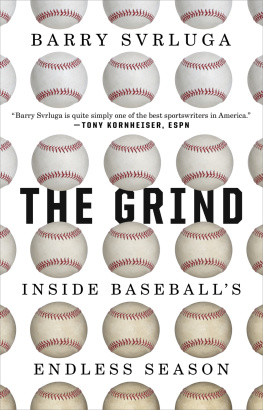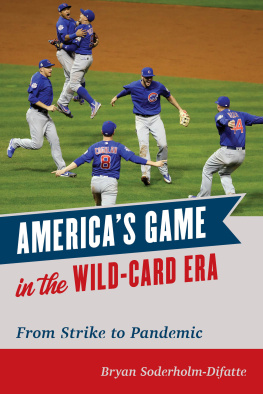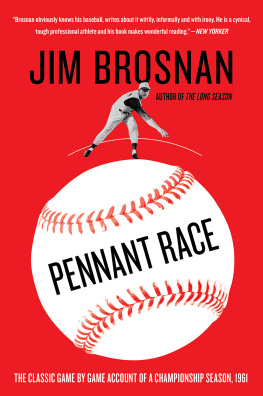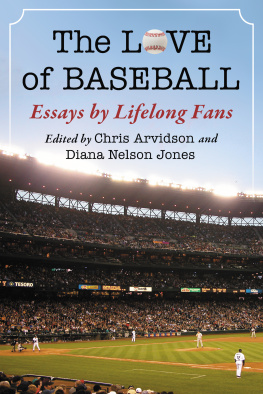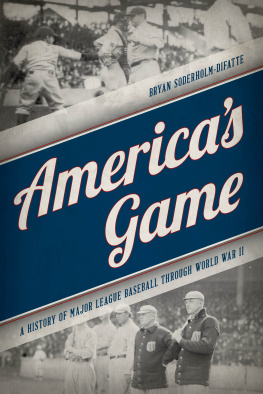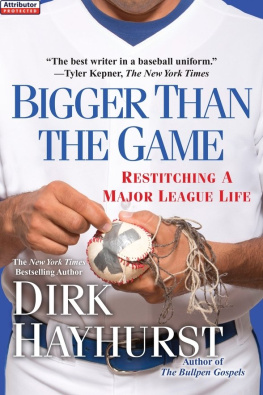Svrluga - The Grind
Here you can read online Svrluga - The Grind full text of the book (entire story) in english for free. Download pdf and epub, get meaning, cover and reviews about this ebook. year: 2016;2015, publisher: Penguin Publishing Group, genre: Detective and thriller. Description of the work, (preface) as well as reviews are available. Best literature library LitArk.com created for fans of good reading and offers a wide selection of genres:
Romance novel
Science fiction
Adventure
Detective
Science
History
Home and family
Prose
Art
Politics
Computer
Non-fiction
Religion
Business
Children
Humor
Choose a favorite category and find really read worthwhile books. Enjoy immersion in the world of imagination, feel the emotions of the characters or learn something new for yourself, make an fascinating discovery.
- Book:The Grind
- Author:
- Publisher:Penguin Publishing Group
- Genre:
- Year:2016;2015
- Rating:3 / 5
- Favourites:Add to favourites
- Your mark:
- 60
- 1
- 2
- 3
- 4
- 5
The Grind: summary, description and annotation
We offer to read an annotation, description, summary or preface (depends on what the author of the book "The Grind" wrote himself). If you haven't found the necessary information about the book — write in the comments, we will try to find it.
The Grind — read online for free the complete book (whole text) full work
Below is the text of the book, divided by pages. System saving the place of the last page read, allows you to conveniently read the book "The Grind" online for free, without having to search again every time where you left off. Put a bookmark, and you can go to the page where you finished reading at any time.
Font size:
Interval:
Bookmark:

ALSO BY BARRY SVRLUGA
National Pastime: Sports, Politics, and the Return of Baseball to Washington, D.C.
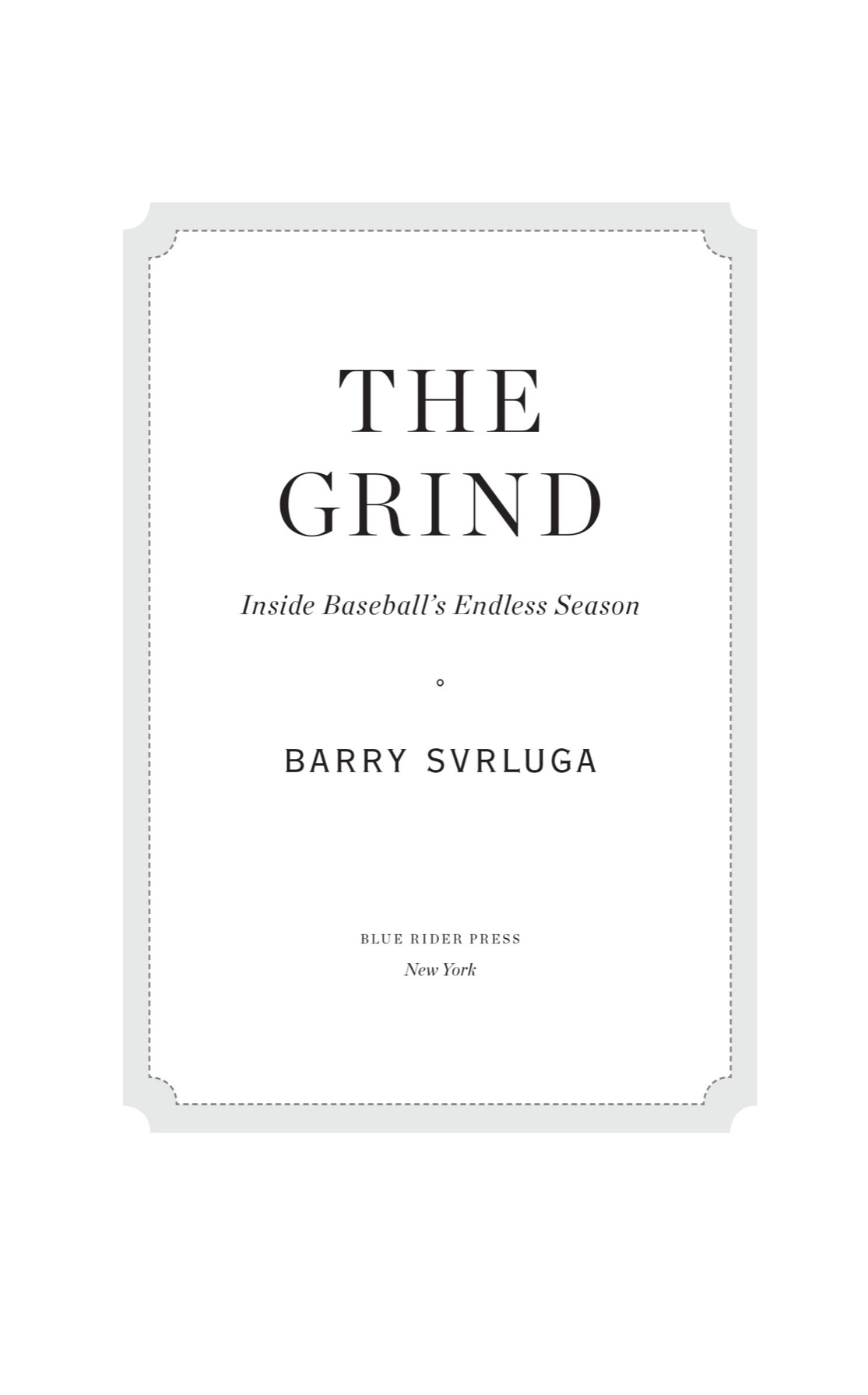

An imprint of Penguin Random House LLC
375 Hudson Street
New York, New York 10014

Copyright 2015 by Barry Svrluga
Photos pages John McDonnell/The Washington Post
Photos pages Jonathan Newton/The Washington Post
Photos pages Toni L. Sandys/The Washington Post
Penguin supports copyright. Copyright fuels creativity, encourages diverse voices, promotes free speech, and creates a vibrant culture. Thank you for buying an authorized edition of this book and for complying with copyright laws by not reproducing, scanning, or distributing any part of it in any form without permission. You are supporting writers and allowing Penguin to continue to publish books for every reader.
Blue Rider Press is a registered trademark and its colophon is a trademark of Penguin Random House LLC
Library of Congress Cataloging-in-Publication Data
Svrluga, Barry.
The grind : inside baseballs endless season / Barry Svrluga.
p. cm
ISBN 978-0-698-40803-6
1. BaseballUnited States. 2. BaseballPsychological aspects. 3. BaseballSocial aspects. I. Title.
GV863.A1S945 2015 2015016056
796.357dc23
Version_2
For Mom
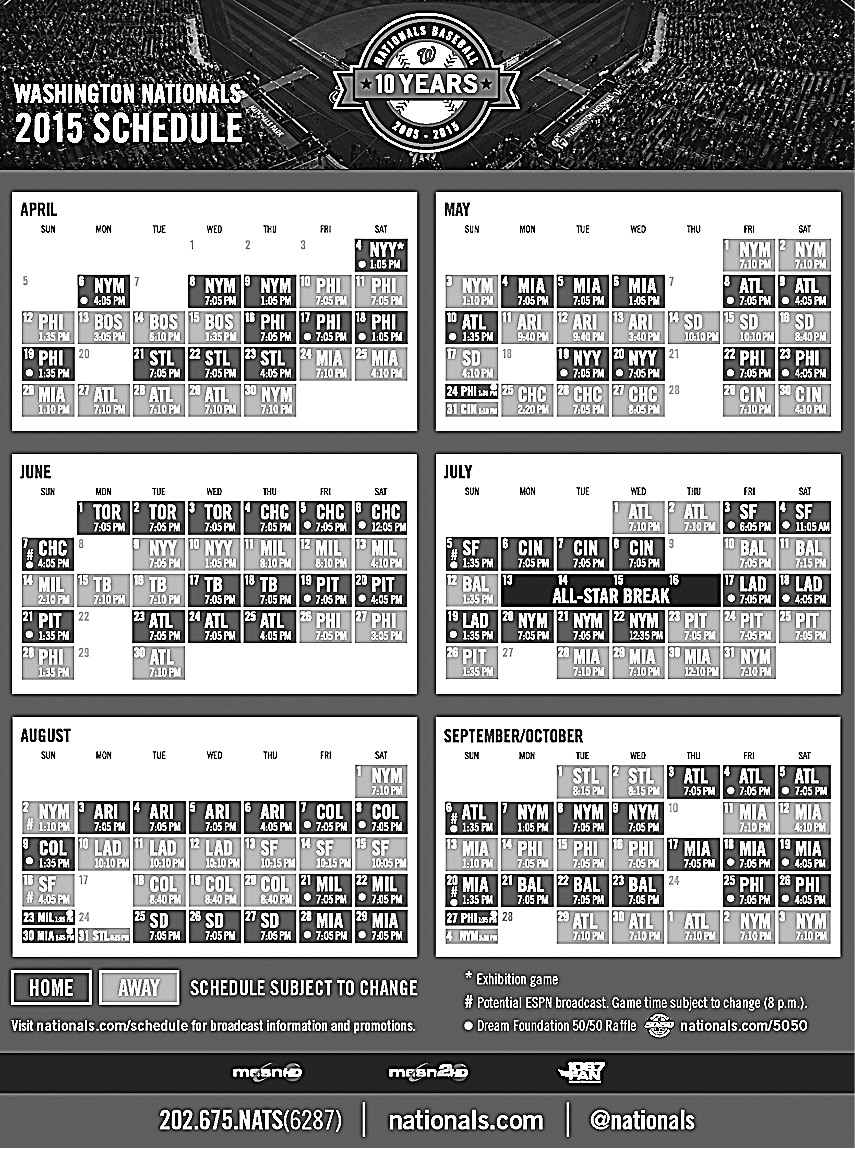
I n 1876, when the National League was founded, all of eight teams competed for a championship. The Philadelphia Athletics and the Boston Red Stockings staged the first game in league history on April 22, with the rest of the franchises starting their seasons over the ensuing days, beginning what was designed as a 70-game schedule that lasted until late September, five months to determine a title. The Chicago White Stockings easily made history, winning 52 of the 66 games they could complete, beating the Hartford Dark Blues by six games in the standings.
The White Stockings played those 66 games over 156 days, the schedule meandering through the heat of the summer to the edge of fall. With the league spread from Boston to St. Louis, from Louisville to New York, teams had to allow time for train travel. Still, even when in one place, the White Stockings never played on three consecutive days. They more frequently had back-to-back days off than back-to-back days with games. It was the kind of schedule that allowed right-hander Al Spalding to pitch in 61 games, starting 60, completing 53all with a little rest in between.
Such a rhythm, if thats what it was, would be unrecognizable in todays major leagues. When I arrived at spring training in 2005 for my first season as a baseball beat writer for The Washington Post, I had only a fans sense of the ebbs and flows of a season, and I understood only that each day brought new possibility. Standing in windswept Viera, Florida, the calendar to come was right there in front of me: pitchers and catchers reporting February 15, the first Grapefruit League game March 2, Opening Day not till April 4, consecutive days off not until July 11 and 12, 230 days until the last of 162 regular-season games would be played. It all stared back, sure to be full of unexpected celebrations and soon-to-be-identified story lines, but daunting all the same.
What I didnt understand then seems obvious now. A baseball season is a shared experience, an experience broken into tiny little sectionsa pitch, an at-bat, a rally, an inning, a game, a series, a winning streak, a slump, a month, a summer. The fan sees all of those elements, shares in them, stringing together the nightly three-hour public performances. Watch the game enough, and its patterns become familiar and unmistakable, even as theres no way to know what will happen on the next pitch or the next night. As complicated as it can be, baseball leaves little mystery. A curveball is a curveball. Now, whether that curveball should have been thrown in a certain situation is part of the conversation, the common discourse that takes place on subways and sports talk radio each summer morning.
What I discovered, though, was that the shared experience is much deeper back up the tunnel from the dugout, into the clubhouse, onto the bus back to the hotel, and during the flight to the next city. Everyone in that communityplayers and managers and coaches, sure, but video analysts and media relations people and play-by-play guys and athletic trainers and clubhouse attendants and beat reporters, toocomes to understand it and deal with it, even thrive on it, individually. No one outside this bubble really knows it, comprehends it, so theres not much point discussing it beyond those parameters.
Inside, though, that day-to-day, game-to-game, city-to-city existence is chewed on and digested and discussed over and over again, even as it becomes an accepted way of life. A rain delay during the last night of a three-game series in, say, Cincinnati isnt just an opportunity for the broadcast teams to toss it back to the studio, for the television stations to fill the air with highlights from other games or sitcom reruns, until play resumes. Sure, players pass time with card games or movies or other frivolities. But the delay is a meaningful obstacle that must be overcome; it pushes back the teams flight, which pushes back its arrival in the next city, which pushes back the time when heads can hit pillowsfour a.m.? five a.m.?all with a game to play the next night.
Such tiny disruptions over the course of the season are, by now, cast against the modern backdrop, when a baseball player is a baseball player in January and in July, in winter as well as summer. Long after the White Stockings took that original National League championship, professional baseball remained an avocation as much as a career. Into the 1960s and even the 70s, players held offseason jobs not to fill the time but to feed their families. Yogi Berra worked at a Sears, Roebuck. Lou Brock became a florist. Players sold real estate and insurance, worked in mines and on ranches. Even before the White Stockings helped form the National League, Spalding started a sporting goods store in Chicago and eventually began manufacturing athletic equipment of all kinds, with a name thats still alive today.
Spring training was exactly that: training. Selling insurance or substitute teaching doesnt prepare a body for a baseball season, so players needed seven weeks in Florida orback in the old daysTexas or Arkansas, California or Louisiana, all sorts of Southern destinations to get into shape.
The schedule, too, evolved from those sporadic games in 1876, expanding and contracting until settling at 154 games in 1904three years after the identification of the American League as a major leaguethough there were occasional changes during wartime. When the American League expanded in 1961 and the National League in 1962, the 162-game season became the norm. Though further expansion has brought more tiers to the playoffspushing the World Series to the brink of Novemberthe regular season hasnt wavered since. Somehow, its perfect. Players know exactly what they must prepare for, what awaits them.
That first season the Nationals were in WashingtonMajor League Baseball relocated the Montreal Expos to end a thirty-three-year baseball drought in the nations capitaltheir first baseman was a guy named Nick Johnson, a talented hitter whose career was interrupted time and again by injuries. Until you got to know him, Johnson was one of the all-time intentionally terrible interviews in baseball, drawing straight from the Kevin Costner character in
Font size:
Interval:
Bookmark:
Similar books «The Grind»
Look at similar books to The Grind. We have selected literature similar in name and meaning in the hope of providing readers with more options to find new, interesting, not yet read works.
Discussion, reviews of the book The Grind and just readers' own opinions. Leave your comments, write what you think about the work, its meaning or the main characters. Specify what exactly you liked and what you didn't like, and why you think so.

